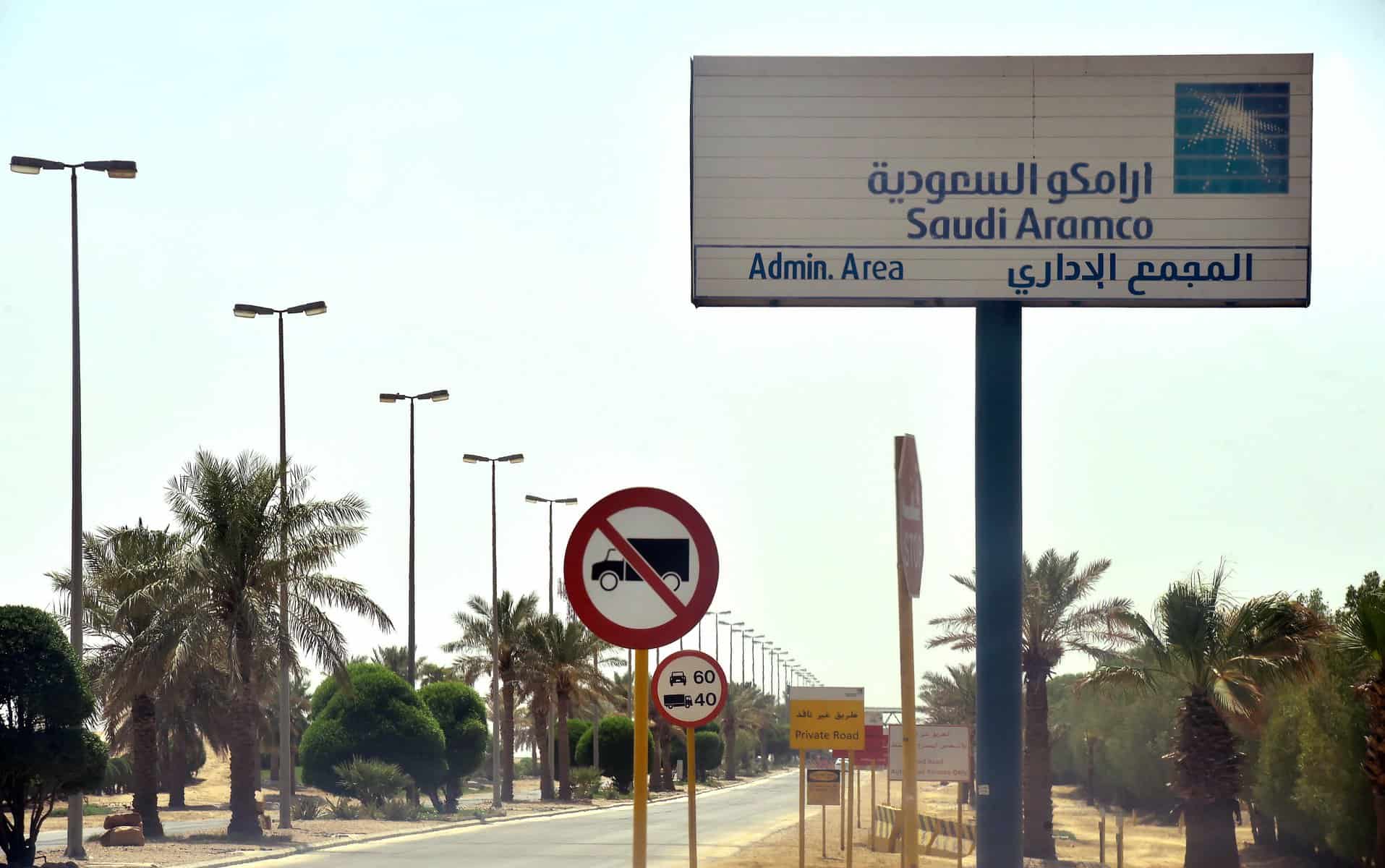
Stocks in Asia Pacific were mixed in Monday afternoon trade, as oil prices surged following drone attacks over the weekend that hit major oil production facilities in Saudi Arabia.
Mainland Chinese stocks were higher by the afternoon, with the Shanghai composite up 0.1% while the Shenzhen component gained 0.34% and the Shenzhen composite added 0.503%.
A cut in the reserve requirement ratio for banks by the People’s Bank of China (PBOC) went into effect on Monday. The PBOC said in early September that its reserve requirement ratio would be cut by 50 basis points and it would further reduce that ratio by 100 basis points for some qualified banks. That’s set to release 800 billion yuan ($113 billion) in liquidity into the economy.
Meanwhile, Hong Kong’s Hang Seng index shed 1%. Shares of Hong Kong Exchanges and Clearing slipped 2.08% following the rejection of its takeover bid by the London Stock Exchange Group last Friday.
Australia’s S&P/ASX 200 was fractionally higher as majority of the sectors traded lower with the exception of the energy subindex, which soared more than 4% on the back of a surge in oil prices.
Over in South Korea, the Kospi traded 0.46% higher despite shares of chipmaker SK Hynix plunging more than 3%.
Overall, the MSCI Asia ex-Japan index traded 0.35% lower.
Markets in Japan are closed on Monday for a holiday.
Crude prices surge, oil stocks spike
Crude prices spiked in the afternoon of Asian trading hours after drone strikes on crucial oil production facilities in Saudi Arabia.
International benchmark Brent crude futures skyrocketed 9.93% to $66.20 per barrel, while U.S. crude futures jumped 8.77% to $59.66 per barrel.
Shares of oil companies in Asia Pacific surged on Monday. Australia’s Woodside Petroleum jumped 4.59% and Santos gained 4.6%. Over in South Korea, S-Oil saw its stock gain 2.81%. Hong Kong-listed shares of Chinese oil titan Petrochina also soared 5.45% while CNOOC skyrocketed 6.22% .
Over the weekend, drone attacks hit the heart of Saudi Arabia’s oil production facilities in Abqaiq and Khurais claimed by Yemen’s Houthi rebels. Half the country’s oil production was halted due to fire damage and an assessment of the situation is due on Monday, Saudi energy ministry officials said.
National oil company Saudi Aramco is attempting to restore about a third of its crude output by Monday following the attacks, the Wall Street Journal reported Sunday.
Strategists at Commonwealth Bank of Australia said the uptick in crude prices may not last.
“The drone attacks have hit the oil market at a time when there is a global oil glut and global growth is weak,” they wrote in a note. “Consequently, the impact on oil prices and global growth is not expected to be significant or last long.”
China industrial output growth slows further
China’s industrial production growth saw its slowest pace in 17 and a half years in August, rising just 4.4% year-on-year.
That came in below a forecast of a 5.2% year-on-year increase by analysts in a Reuters poll. Industrial output growth in the country saw an expected drop to a more than 17-year low in July.
“I think it is very much a bottoming process that we’re seeing in the Chinese economy,” Leon Goldfeld, multi-asset portfolio manager at J.P. Morgan Asset Management, told CNBC’s “Street Signs” on Monday.
Currencies
The U.S. dollar index, which tracks the greenback against a basket of its peers, was last at 98.169 after seeing highs above 98.8 last week.
The Japanese yen, often seen as a safe-haven currency in times of market turmoil, strengthened to 107.82 against the dollar after seeing lows above 108.0 late last week.
The Australian dollar changed hands at $0.6878 after rising from levels below $0.684 in the previous trading week.

